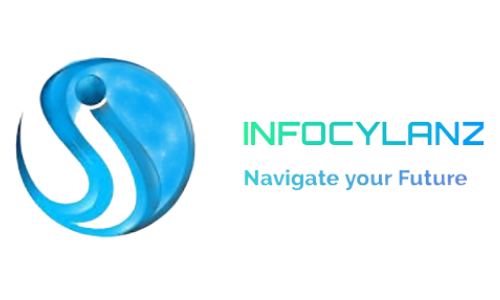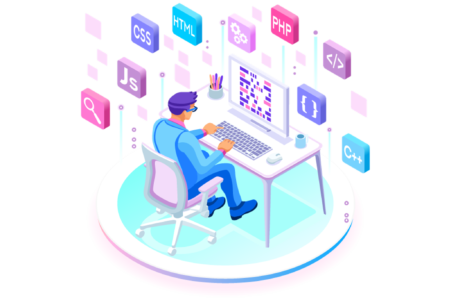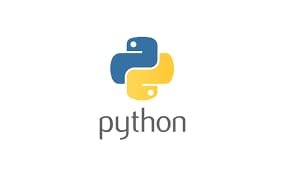WEB APPLICATON DEVELOPMENT
We develop web applications with best in class technology which helps to seize market opportunities and respond to new business challenges. Our web developers are here to listen to your in-house issues and build a custom enterprise solution to maximize your internal efforts across different Channels, so that you can focus on your business and amplify opportunities on the web.







